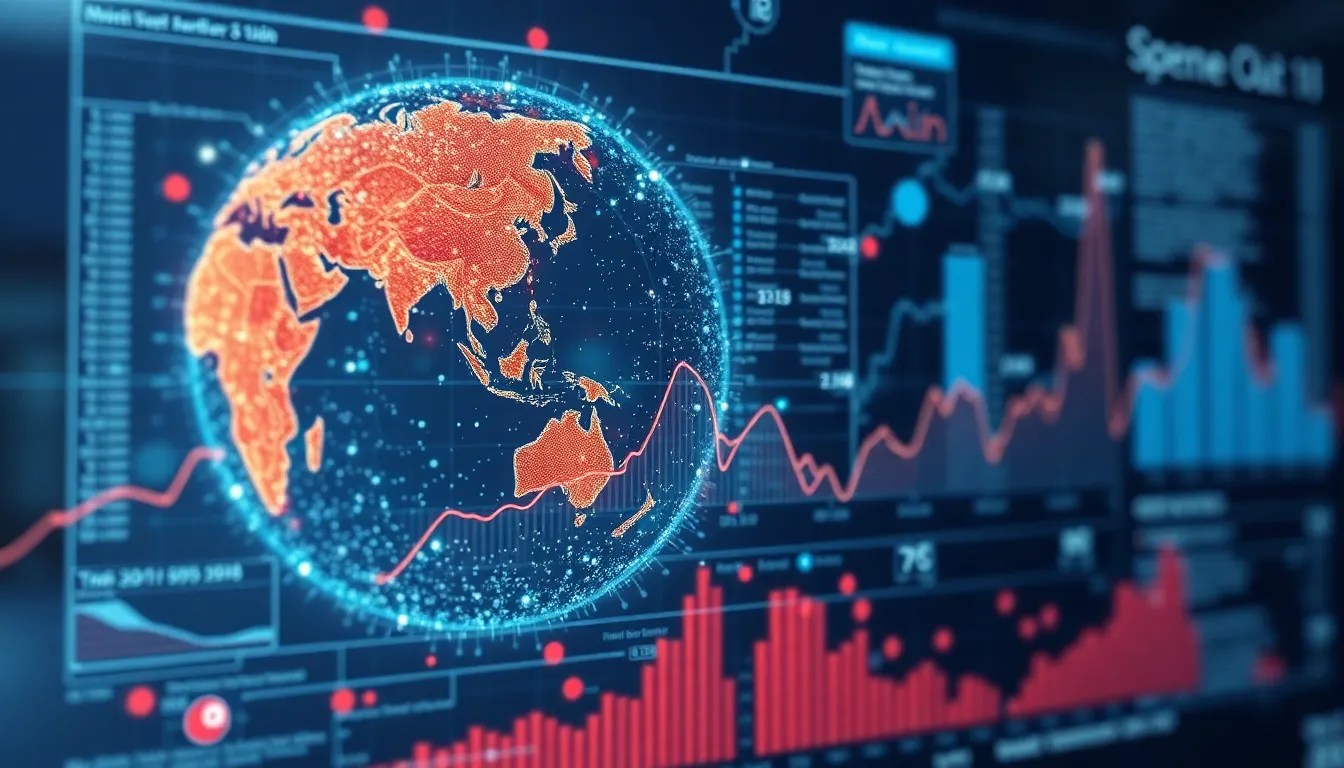The Role of Data Visualization in Enhancing User Experience
I. Introduction
Data visualization is the graphical representation of information and data. By using visual elements like charts, graphs, and maps, data visualization tools provide an accessible way to see and understand trends, outliers, and patterns in data. In today’s tech-driven world, user experience (UX) has emerged as a critical component that determines the success of digital products and services.
This article delves into the intersection of data visualization and user experience, exploring how effective data visualization can significantly enhance UX by making complex data more comprehensible and engaging.
II. The Evolution of Data Visualization
The history of data visualization dates back centuries, with early examples found in maps and statistical charts. As technology progressed, so did the methods of data representation.
- Historical Context: The earliest forms of data representation can be seen in ancient civilizations, where maps depicted geography and charts represented economic data.
- Advancements in Technology: The advent of computers in the late 20th century revolutionized data visualization, allowing for dynamic and interactive visualizations.
- Current Trends: Today, data visualization techniques are influenced by advancements in artificial intelligence, machine learning, and the growing importance of user-centered design.
III. Understanding User Experience
User experience encompasses all aspects of the end-user’s interaction with a company, its services, and its products. It is essential for fostering customer satisfaction and loyalty.
- Key Components of UX: Usability, accessibility, and the emotional response elicited during interactions.
- Data Visualization and UX: Good data visualization improves UX by simplifying complex information, making it easier for users to extract insights.
- User-Centered Design: A focus on the needs and preferences of users during the design process enhances the effectiveness of data visualizations.
IV. Benefits of Data Visualization in User Experience
Data visualization offers several benefits that can significantly improve user experience:
- Enhanced Comprehension: Visual representations of data allow users to grasp complex information quickly.
- Improved Decision-Making: With clear visual insights, users can make informed decisions based on data trends and patterns.
- Increased Engagement: Interactive visualizations encourage users to explore data further, fostering a deeper understanding and connection.
V. Cutting-Edge Tools and Technologies
The landscape of data visualization tools is rapidly evolving, providing users with powerful options for creating impactful visualizations.
- Modern Tools: Tools like Tableau and D3.js offer robust features for data visualization, enabling users to create professional and interactive graphics.
- AI and Machine Learning: These technologies are being incorporated into visualization tools to provide predictive insights and automated data analysis.
- Emerging Technologies: Virtual reality (VR) and augmented reality (AR) are beginning to play a role in data visualization, offering immersive experiences that enhance understanding.
VI. Case Studies: Successful Implementation of Data Visualization
Several industries have successfully implemented data visualization to enhance user experience:
- Healthcare: Hospitals use data visualizations to track patient health metrics, leading to better patient outcomes.
- Finance: Financial institutions utilize dashboards that visualize market trends, helping investors make informed decisions quickly.
- Education: Educational platforms employ data visualizations to present student performance data, enabling tailored learning experiences.
Analysis of user feedback from these implementations often reveals significant improvements in user satisfaction and engagement, demonstrating the effectiveness of data visualization in diverse contexts.
VII. Challenges and Limitations
Despite the benefits, data visualization also presents challenges that must be navigated:
- Common Pitfalls: Misleading visualizations can result from poor design choices or misinterpretation of data.
- Accessibility and Inclusivity: Visualizations must be designed with accessibility in mind to ensure all users can benefit from the information presented.
- Balancing Aesthetics and Functionality: While a visually appealing design is important, it should not compromise the clarity and functionality of the data being presented.
VIII. Future Directions and Conclusion
As we look to the future, the role of data visualization in enhancing user experience is set to grow. Predictions for upcoming trends include:
- Greater integration of AI to automate and enhance the visualization process.
- Increased emphasis on interactivity, allowing users to explore data intuitively.
- Continued focus on accessibility to ensure all users can engage with visual data.
Interdisciplinary collaboration between designers, data scientists, and UX professionals will be crucial in driving innovation in this field. In conclusion, harnessing the transformative power of effective data visualization can significantly enhance user experience, making complex data not only understandable but also engaging and enjoyable.



